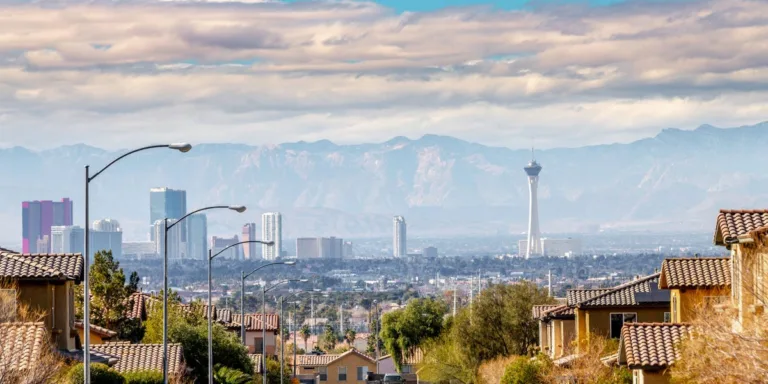New Regulations Limit Air Tours over Mount Rushmore and Other National Monuments
Introduction
New regulations have been implemented to protect the serenity of national monuments and parks in the United States. These regulations aim to reduce the number of planes and helicopters flying over popular tourist destinations, such as Mount Rushmore and Badlands National Park.
Background
The conflict between tour operators and visitors frustrated with the noise from air tours has been ongoing for decades. In 2020, a federal appeals court found that the National Park Service and the Federal Aviation Administration failed to enforce a 2000 law governing commercial air tours over national parks and tribal lands. As a result, new management plans were devised for nearly two dozen national parks and monuments.
The New Regulations
The regulations at Mount Rushmore and Badlands National Park are among the strictest. Starting in April, tour flights will be essentially banned from flying within a half mile of these South Dakota sites. Tour operators, such as Black Hills Aerial Adventures, are concerned about the impact on their business and are seeking alternative routes.
Controversy and Legal Action
An industry group is considering litigation, and an environmental coalition has already sued over one of the management plans. The issue has become so contentious that a congressional oversight hearing is scheduled to address the matter. Critics argue that the noise from air tours disrupts the natural soundscape and the experience of visitors and the tribes living near the parks. On the other hand, air operators claim they provide unrivaled access to these locations, particularly for the elderly and disabled.
A Brief History of Air Tours
Sightseeing flights originated in the 1930s when helicopter pilots working on the Hoover Dam project started giving flyovers to their families. The industry grew from there, offering scenic flights over national parks and monuments. After a tragic air collision over the Grand Canyon in 1986, Congress took action to regulate air tours and designate routes and minimum altitudes for flights over the canyon.
The Legal Process
Congress passed legislation in 2000 to set rules for air tours in national parks. However, bureaucratic difficulties and delays hindered compliance. Public Employees for Environmental Responsibility and the Hawaii Island Coalition Malama Pono filed a lawsuit demanding action. In 2020, a federal court ordered compliance at 23 national parks, including Glacier, Arches, and Great Smoky Mountains. The COVID-19 pandemic further reduced the number of air tours reported in 2020.
Current Status and Future Plans
Most national parks have adopted plans or voluntary agreements for air tours, but not all have taken effect yet. Five parks are still working on their plans. Alaska, where small planes are essential for transportation, and parks with few flights are exempt from developing plans.
The Impact on Tour Operators
Tour operators are concerned about the future of their businesses. Some operators claim that the process has been rushed and threatens their livelihood. Litigation is being considered as a response to the new regulations. However, critics argue that the majority of park visitors come to enjoy the natural sounds and sights, not the noise of helicopters flying overhead.
Conclusion
The new regulations on air tours over national parks and monuments aim to strike a balance between tourist access and preserving the natural environment. While these regulations have faced resistance and legal challenges, they are an important step in protecting the peace and serenity of iconic natural areas in the United States.







